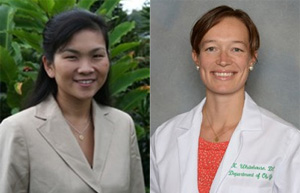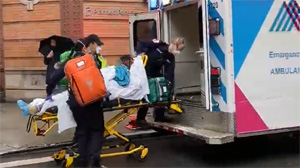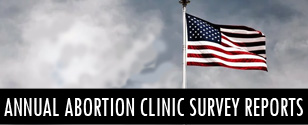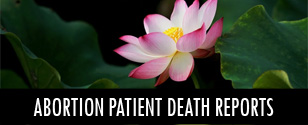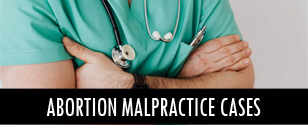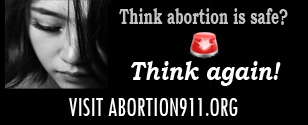By Operation Rescue Staff
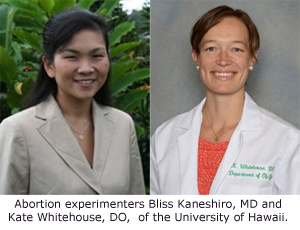 Honolulu, HI — The University of Hawaii is recruiting patients as young as 14 for second-trimester abortions to determine how much they bleed during the procedure. The controversial study is already underway at the Kapiolani Medical Center in Honolulu, led by Bliss Kaneshiro, MD and Kate Whitehouse, DO.
Honolulu, HI — The University of Hawaii is recruiting patients as young as 14 for second-trimester abortions to determine how much they bleed during the procedure. The controversial study is already underway at the Kapiolani Medical Center in Honolulu, led by Bliss Kaneshiro, MD and Kate Whitehouse, DO.
In the randomized trial, researchers experiment by either providing or denying intravenous oxytocin to abortion patients. Oxytocin is commonly used to minimize blood loss and decrease the risk of hemorrhage. However, some doctors are concerned that denying oxytocin during surgery may put patients, especially teen girls, at risk.
“This study is reminiscent of Nazi concentration camp experiments. I pity the poor women who are being treated like lab rats, especially those who are denied the drug to reduce hemorrhaging,” said Troy Newman, President of Operation Rescue. “I have read too many autopsy reports of women who bled to death during abortions to think this is anything but immoral and ghoulish.”
The abortion study is entitled “Effects of Oxytocin on Bleeding Outcomes During Dilation and Evacuation.” Abortion patients must be from 18-24 weeks gestation and from 14-50 years old. Researchers will measure how much each patient bleeds during her abortion, based on whether or not intravenous oxytocin is provided to her.
Dilation and evacuation abortions are grisly 2-3 day procedures that involve dismembering the pre-born baby with forceps and other instruments in order to remove him or her from the womb.
The study is still seeking up to 166 test subjects and is expected to conclude in July 2015. So far no study results have been released.
In a flyer recruiting a research associate to assist with the study, one of the “Factors for Success” in the position was “Comfort with observation of surgical procedures and abortion-related healthcare.” In other words, the applicant must be comfortable watching dismemberment abortions. (Click to view a dismemberment abortion. Warning, extremely graphic content.)
The University of Hawaii has done little to publicize the hospital-based abortions outside the medical community, perhaps fearing a public backlash. The Kapiolani Medical Center for Women and Children, where the abortion study is based, does not advertise abortions on its website.
“Abortionists are continually conducting abortion experimentation on women. That’s how the D&E abortion process and other abortion methods were invented, for example,” said Newman. “It is appalling to read the details of this particular experiment especially considering that they are using test subjects as young as 14 years old. It’s just heartbreaking.”
The study is being done by the University of Hawaii in collaboration with Society of Family Planning and the University of Washington.
The Society of Family Planning provides millions of dollars in grant money for abortion and contraception-related studies. Other example of studies funded by the Society of Family Planning include:
• Studying outcomes of very early surgical and medication abortions.
• Experimenting with the dosage of Misoprostol, a uterine contracting agent, prior to surgical abortions at 13-18 weeks.
• Exploring umbilical cord injections to produce fetal death prior to late-term abortions.
• A study called “Responding to Crisis” that evaluates how abortion providers are responding to abortion restrictions in their states.
“We completely oppose this gruesome abortion experimentation on women, especially minor girls who cannot legally give their consent,” said Newman. “Abortion experimentation is something that should have gone out with Josef Mengle. It has no place in a civilized, compassionate society. Those that really want to help women should put their efforts into ending abortion, not inventing new grisly ways to kill babies and exploit women.”

